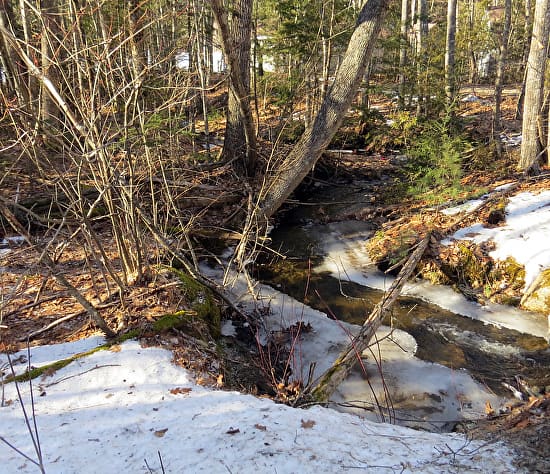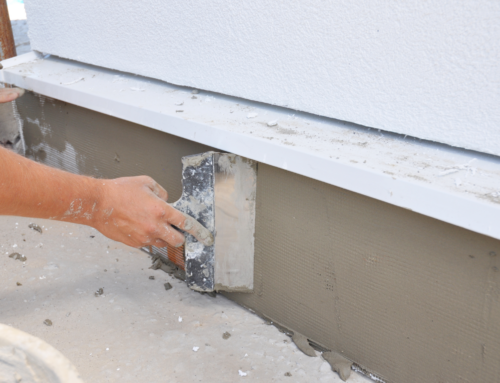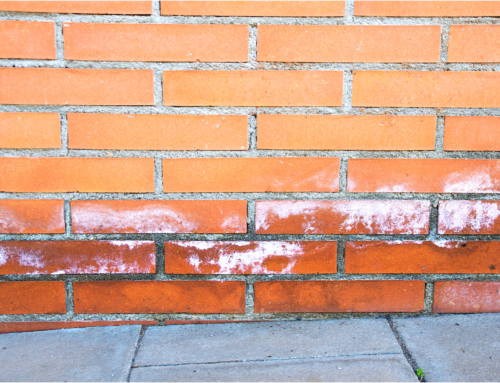Has winter come to your home with a vengeance? You’re right to be worried. Snow, sleet and ice can collect at the lowest levels of your home and do serious damage to its structural integrity, so it’s important to protect your basement at all costs. Here are just five tips for keeping it nice and dry no matter what Mother Nature flings your way.
1. Seal Your Cracks
First things first: Where is your basement leaking? How is water already creeping into your home? Perform a thorough inspection of the walls and ceiling. You’re looking for sagging, spotting, discoloration, wetness or even fissures caused by external water pressure. Once you find the problem areas, coat them with caulking or epoxy filler so your “weep holes” will turn into dry eyes. For more serious or already water-damaged areas, you might need to inject expanding polyurethane directly into the crack. This will not only clog the leakage point but also expand all the way to the exterior wall to stop new leaks from forming.
2. Waterproof Your Interior
There are several different ways you can waterproof your interior basement walls. The least expensive is to buy concrete coating and paint it on your walls with a special brush made of tampico bristles; this will cost you around $30-$50. A more lasting solution is to use acrylic waterproofing paint on top of silicate concrete sealers, but as you can probably imagine, this is a time-consuming process that can cost $100+. Talk to a basement waterproofing specialist to figure out which method is best for both your property and your budget. If your basement is in particularly bad shape, they might even recommend interior drain tiles in addition to other waterproofing methods.
3. Use Plastic Panels and Sheets
If you do wind up needing drain tiles, you’ll also need plastic paneling or sheeting. They work in tandem to stop leaks before they can cause damage to your walls. While this method of waterproofing won’t actually stop water from getting in, the liquid will drip down the plastic before being re-directed to a drainage system on the floor. A sump pump will then send the water out of your basement for good. You should know in advance that this isn’t a cheap remodel; the entire system will run you anywhere from $2,000 to $5,000. If you’re tired of a soggy basement, however, or if you live in an area with especially harsh winters, you might want to go ahead and make an investment for the future.
4. Fix or Replace Your Gutters
Most homeowners don’t even think about their gutters until one of them breaks, but it’s important to keep them properly maintained if you want a dry, toasty basement this winter. Not only will this prevent water damage to your walls, but it can also stop snow and ice from accumulating in and around your pipes. So go take a look at your gutters. Are there any obstructions to stop the free flowing of water? If you have downspouts, are they pointed away from the home instead of towards it? It’s no use waterproofing your basement if your downspouts regularly stream a river their way.
5. Excavate Around the House
This is a method of exterior waterproofing that’s sure to stop even the most stubborn of leaks. As your home ages, the soil around it swells and expands with rainwater, causing it to push against your foundation and send water seeping through your basement walls. You can drain, collect or re-direct these leaks as necessary, but until you excavate your home and install an exterior waterproofing membrane, you won’t actually stop the water from collecting around your basement in the first place. Do some research and figure out which membrane type is best for your needs. You might also want to install drainage panels for maximum protection.
These are just five ways to protect your basement from winter weather. As you can see, they run the gamut in terms of price, flexibility and efficacy, but they’ll all work one way or another. If you’re serious about preserving your structural integrity and maintaining the property value of your home, these are the guidelines you’ll want to follow.







Leave A Comment